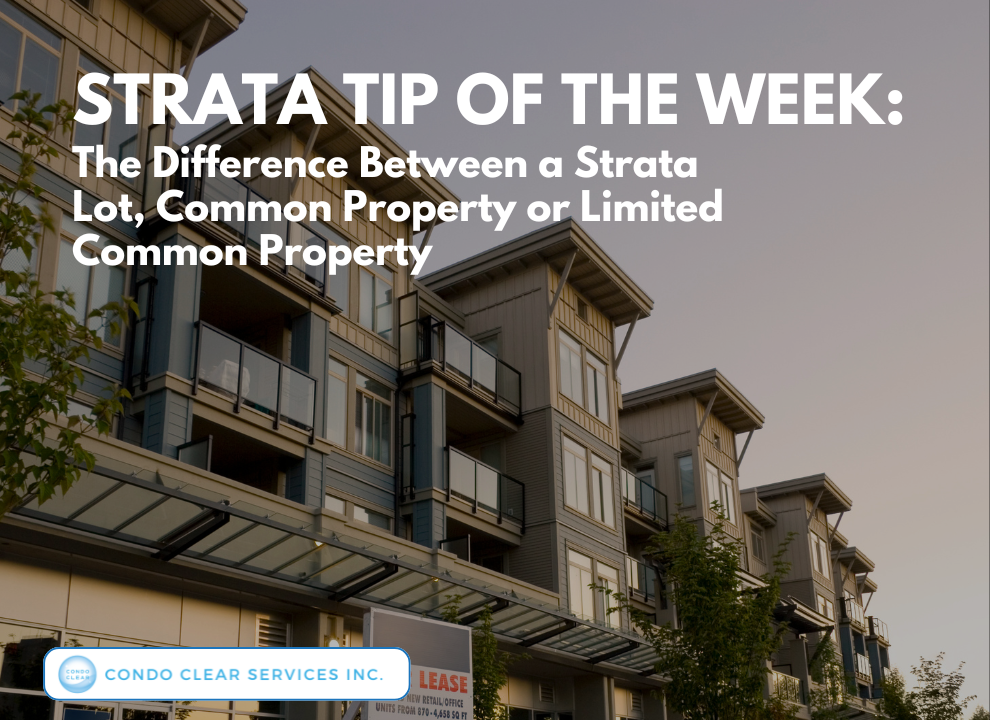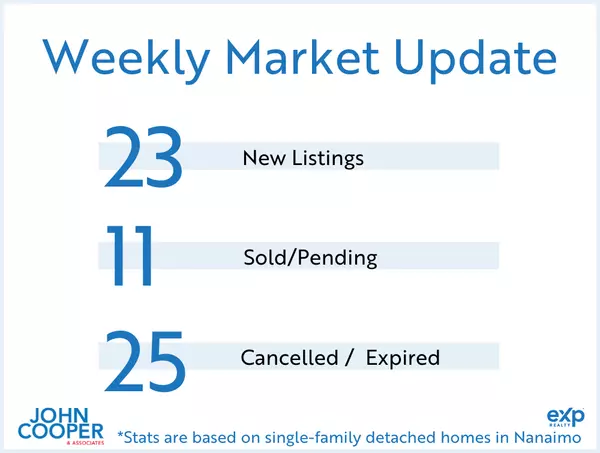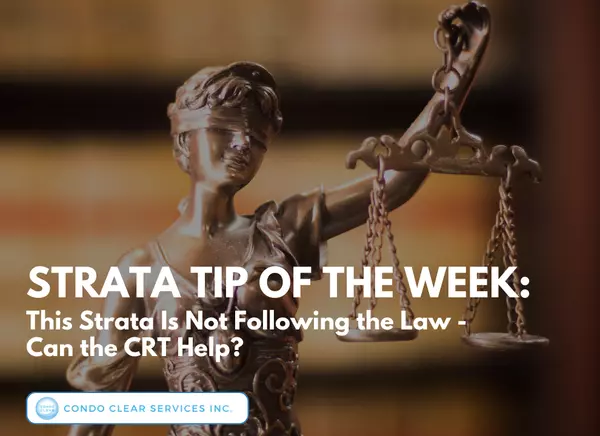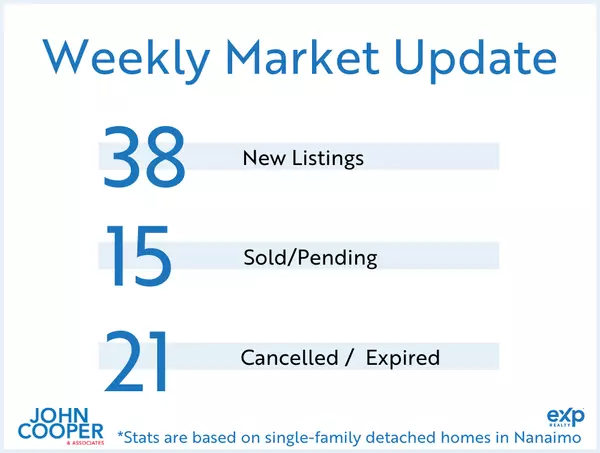
We often get questions about the difference between a strata lot, common property, and limited common property, so here it is:
In British Columbia, land registered at the Land Title Office can be subdivided in different ways. One of these is a “strata subdivision,” which is different from the “traditional subdivision of land.” A “strata development” allows the subdivision of a building, or sometimes land, into:
1. Strata Lots (SL) - Which are separate parts for individual ownership (e.g. a condo unit), and
2. Common Property (CP) - The rest of the property (and assets) shared and owned collectively by all the strata lot owners (e.g. hallways, lobbies, roofs, exterior walls)
If the strata corporation (or, initially, the developer) wants to give an owner or group of owners exclusive use of part of the common property, they can designate an area as:
3. Limited Common Property (LCP) - Which is common property designated for the exclusive use of the owners of one or more strata lots.
In British Columbia, the legal structure of a strata development is governed by the Strata Property Act (SPA). The SPA defines the rights and responsibilities of strata lot owners and the strata corporation.
The SPA is also the starting point from which one can determine the rights and responsibilities that different parties have when it comes to strata lots, common property, and limited common property.



















